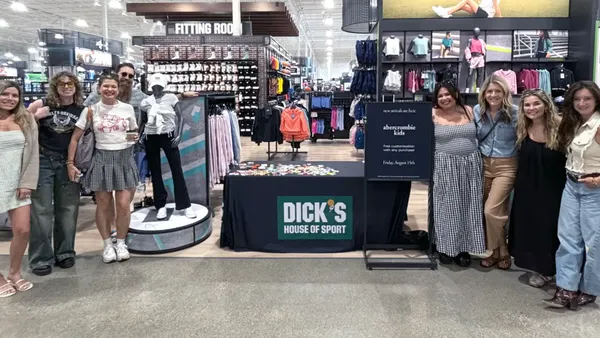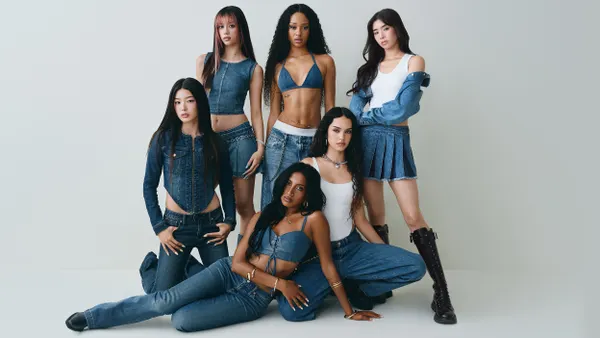Dive Brief:
- Consumers are expected to spend about $75 each on average on products related to the 2017 Super Bowl, well off the historic highs reached for last year's game, the National Retail Federation's annual Super Bowl Spending Survey found.
- In connection with Super Bowl 50 a year ago, consumers spent more than $15.5 billion (an average of $82 each) on food, beverages, sports apparel and other items. This year's expected total of about $14.1 billion is slightly lower than the $14.3 billion spent for the 2014 game, but still would be the third-highest spending total in the event's 51-year history.
- Of the 76% of survey respondents who plan to watch the game, 80% say they will purchase food and beverages, 11% will buy team apparel or accessories, and 8% will splurge on new televisions to watch the game at home.
Dive Insight:
There has been some chatter about football losing its appeal: TV ratings are declining rapidly, for a variety of reasons, so perhaps that is translating to fewer consumers being willing to spend money on food, gear and activities connected with the big game. We're not so sure about that, though, as it's still pretty much the best sports TV bet we all have to awaken from post-holidays letdown and dead-of-winter boredom, at least until March Madness.
Maybe the slippage is due in part to the teams involved. No one outside of the Brady-Bundchen household really wants to watch the New England Patriots win another Super Bowl, do they? The only part worth watching would be the award ceremony, to see NFL Commissioner Roger Goodell hand the Lombardi trophy to Tom Brady, and then see Brady spit on Goodell's shoes. And we know the Atlanta Falcons have never won the biggest game, and that a Super Bowl victory would be sweet validation of Matt Ryan's prodigious, but largely ignored career, but c'mon — Atlanta? Falcons fans have trouble staying upright for an entire game.
Whatever the case, this year's expected spending dip should be viewed in perspective. $14 billion is nothing to be terribly unhappy about. What might be more concerning to retailers and related brands is how much they continue to spend on Super Bowl advertising when, according to the survey, it's not having much of an impact. The NRF survey said only about 10% of consumers say the commercials influence them to purchase products. And 16% say advertisers should save their money and pass the savings along to the consumers.
Given this feedback, maybe retailers should explore post-Super Bowl sales promotions an discounts — you know, something like 50% off all NFL replica jerseys, buy-one-get-one-free on all chili fixings. And just imagine the savings on pre-made, heat-and-eat jalapeno poppers.










